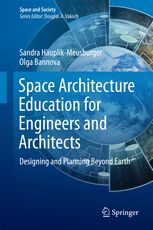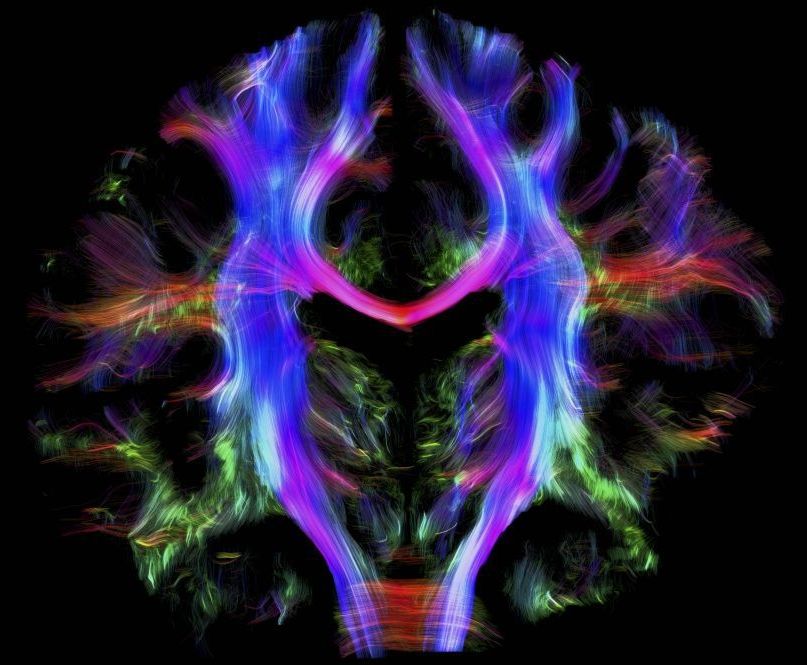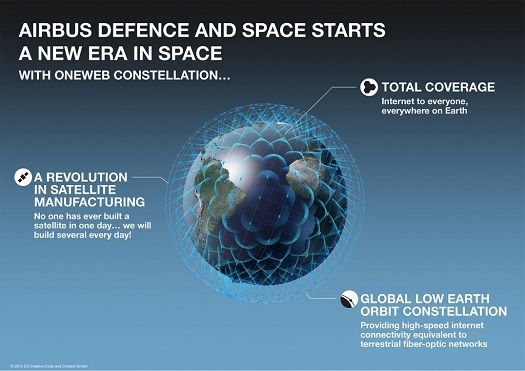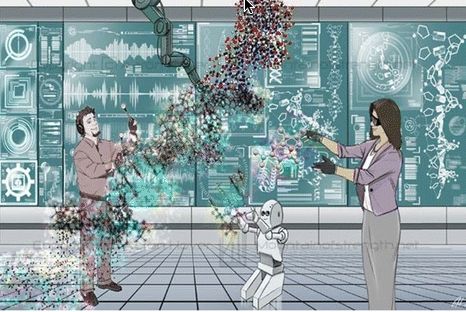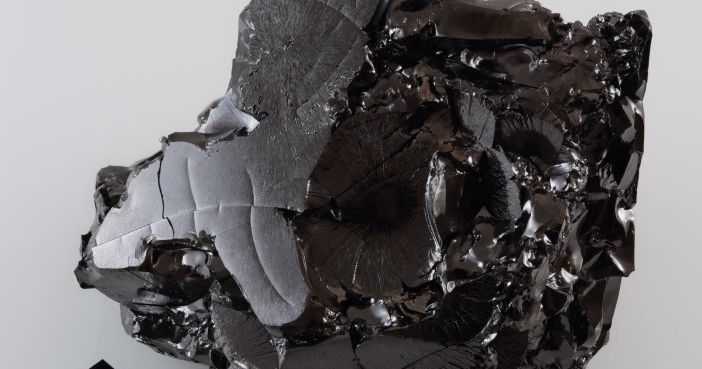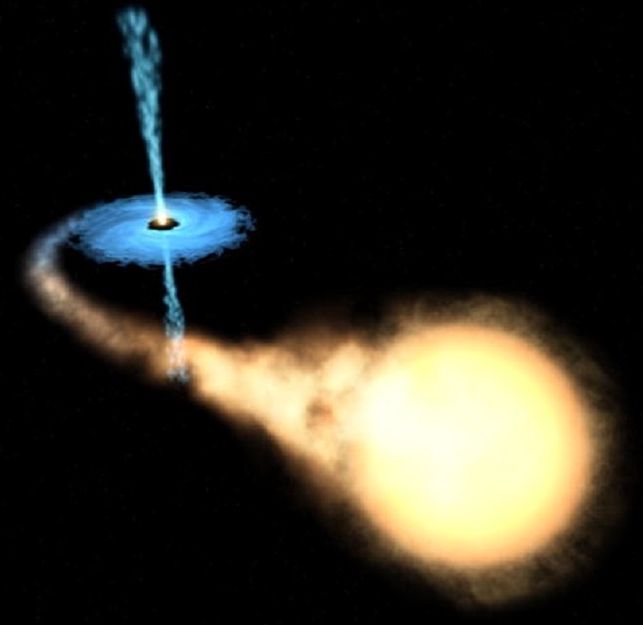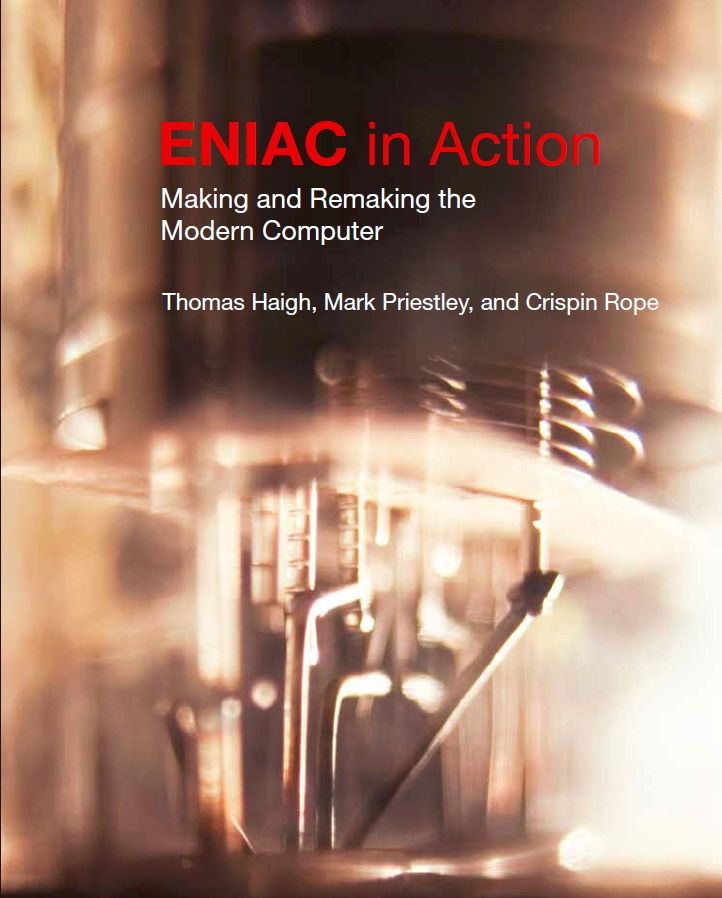“This book considers two key educational tools for future generations of professionals with a space architecture background in the 21st century: (1) introducing the discipline of space architecture into the space system engineering curricula; and (2) developing space architecture as a distinct, complete training curriculum.”
In an open-access paper in the Journal of Artificial Intelligence Education, Winslow Burleson, PhD, MSE, associate professor, New York University Rory Meyers College of Nursing, suggests that “advanced cyberlearning environments that involve VR and AI innovations are needed to solve society’s “wicked challenges*” — entrenched and seemingly intractable societal problems.
Burleson and and co-author Armanda Lewis imagine such technology in a year 2041 Holodeck, which Burleson’s NYU-X Lab is currently developing in prototype form, in collaboration with colleagues at NYU Courant, Tandon, Steinhardt, and Tisch.
“The “Holodeck” will support a broad range of transdisciplinary collaborations, integrated education, research, and innovation by providing a networked software/hardware infrastructure that can synthesize visual, audio, physical, social, and societal components,” said Burleson.
Much like in comic books, scientists are on an endless quest to discover or create the strongest, most durable substance possible. Theories about how to go about that have long circulated, but nobody has been able to overcome the challenge—until now. A team of Austrian researchers has finally worked out a way to stabilize what they are calling the strongest of all known materials, an exotic form of carbon called carbyne.
AI is hackable as long as it’s underpinning technology is still supported on legacy platform technology and connected to a legacy infrastructure. Only when the underpinning technology & net infrastructure is updated to Quantum will we see a secured AI environment.
At MIT, machine learning specialists are training deep learning algorithms to spot cyber attacks. It may be AI’s ultimate test.
AI has been around for over 50 years. So, no it is not new technology. However, what is new is the various breeds of AI. Online bot technology is where folks can expect a larger immediate return. physical Robotics is still not going to deliver at the level that the consumers and various businesses require for adoption on a massive scale. Again, quantum and bio-computing will improve robotics as well as other areas of AI.
The history of technology, whether of the last five or five hundred years, is often told as a series of pivotal events or the actions of larger-than-life individuals, of endless “revolutions” and “disruptive” innovations that “change everything.” It is history as hype, offering a distorted view of the past, sometimes through the tinted lenses of contemporary fads and preoccupations.
In contrast, ENIAC in Action: Making and Remaking the Modern Computer, is a nuanced, engaging and thoroughly researched account of the early days of computers, the people who built and operated them, and their old and new applications. Say the authors, Thomas Haigh, Mark Priestley and Crispin Rope:
The titles of dozens of books have tried to lure a broad audience to an obscure topic by touting an idea, a fish, a dog, a map, a condiment, or a machine as having “changed the world”… One of the luxuries of writing an obscure academic book is that one is not required to embrace such simplistic conceptions of history.
